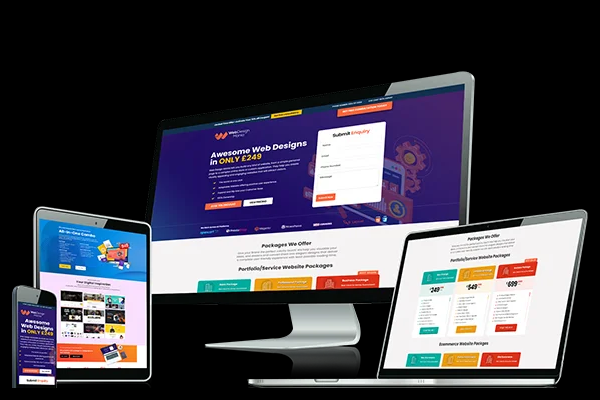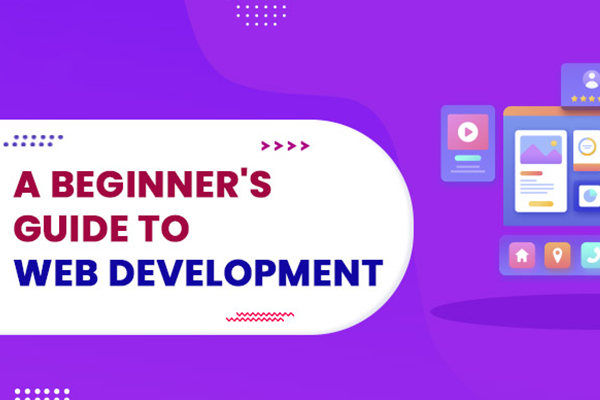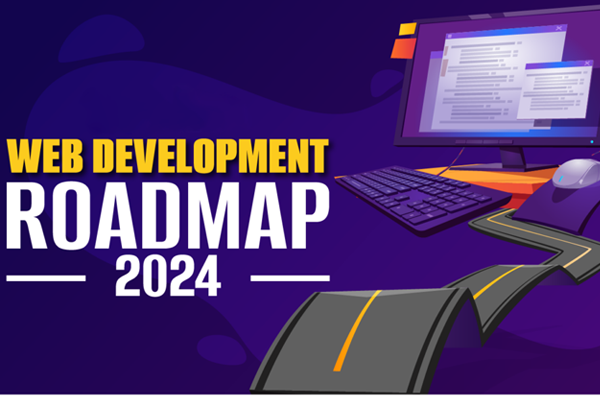Top 10 CSS Tricks Every Web Developer Should Know
CSS is the cornerstone of web design, giving structure and style to web pages. Mastering some of the more advanced CSS tricks can save time and enhance your designs. Let’s look at the top 10 CSS tricks every web developer should know.
1. CSS Variables (Custom Properties)
CSS variables are reusable values, perfect for consistency and easy updates. You can define variables globally and use them throughout your stylesheet.
:root {
--primary-color: #3498db;
--font-stack: 'Helvetica Neue', sans-serif;
}
body {
background-color: var(--primary-color);
font-family: var(--font-stack);
}
2. Flexbox: Easy Centering
Flexbox makes it easy to center content. By using justify-content and align-items, you can center elements both horizontally and vertically.
.container {
display: flex;
justify-content: center;
align-items: center;
height: 100vh;
}
3. Grid Layout for Complex Designs
CSS Grid allows you to create complex layouts with minimal code. This is perfect for creating responsive designs without relying on third-party libraries.
.grid-container {
display: grid;
grid-template-columns: repeat(3, 1fr);
gap: 20px;
}
4. Responsive Typography with clamp()
The clamp() function lets you create responsive typography that scales between a minimum and maximum size, making your designs more flexible and readable on different screen sizes.
h1 {
font-size: clamp(1.5rem, 2vw, 3rem);
}
5. CSS Transitions for Smooth Animations
CSS transitions create smooth animations for property changes like color, size, or position. This adds a layer of interactivity and polish to your designs.
.button {
background-color: #3498db;
transition: background-color 0.3s ease;
}
.button:hover {
background-color: #2980b9;
}
6. Aspect Ratio for Consistent Media
The aspect-ratio property maintains a consistent ratio for media like images or videos, ensuring a uniform appearance across devices.
.media {
aspect-ratio: 16 / 9;
}
7. Z-Index and Stacking Contexts
The z-index property controls the stacking order of elements. Use this to manage overlapping elements effectively.
.box1 {
z-index: 10;
}
.box2 {
z-index: 5;
}
8. CSS Scroll Snap
CSS Scroll Snap creates snap points for better user experience when scrolling through elements, like slides or sections.
.carousel {
scroll-snap-type: x mandatory;
}
.slide {
scroll-snap-align: center;
}
9. Dark Mode Toggle with CSS
You can easily implement dark mode with CSS using media queries to detect system preferences.
@media (prefers-color-scheme: dark) {
body {
background-color: #121212;
color: #ffffff;
}
}
10. Media Queries for Responsive Design
Responsive design is essential for modern web development. Use media queries to adjust styles based on the user's device size.
html {
font-size: 100%; /* Default size */
}
@media (max-width: 600px) {
html {
font-size: 90%; /* Adjust size for small screens */
}
}
my blog
contact me
get in touch
Sector 63A, Noida Uttar Pradesh 201301
Phone:
+917217767892
+918171374921
email:
priyanshukawaii@gmail.com
otakupriyanshu@gmail.com
linkedin:
https://www.linkedin.com/
github:
https://github.com/Priyanshu84iya



